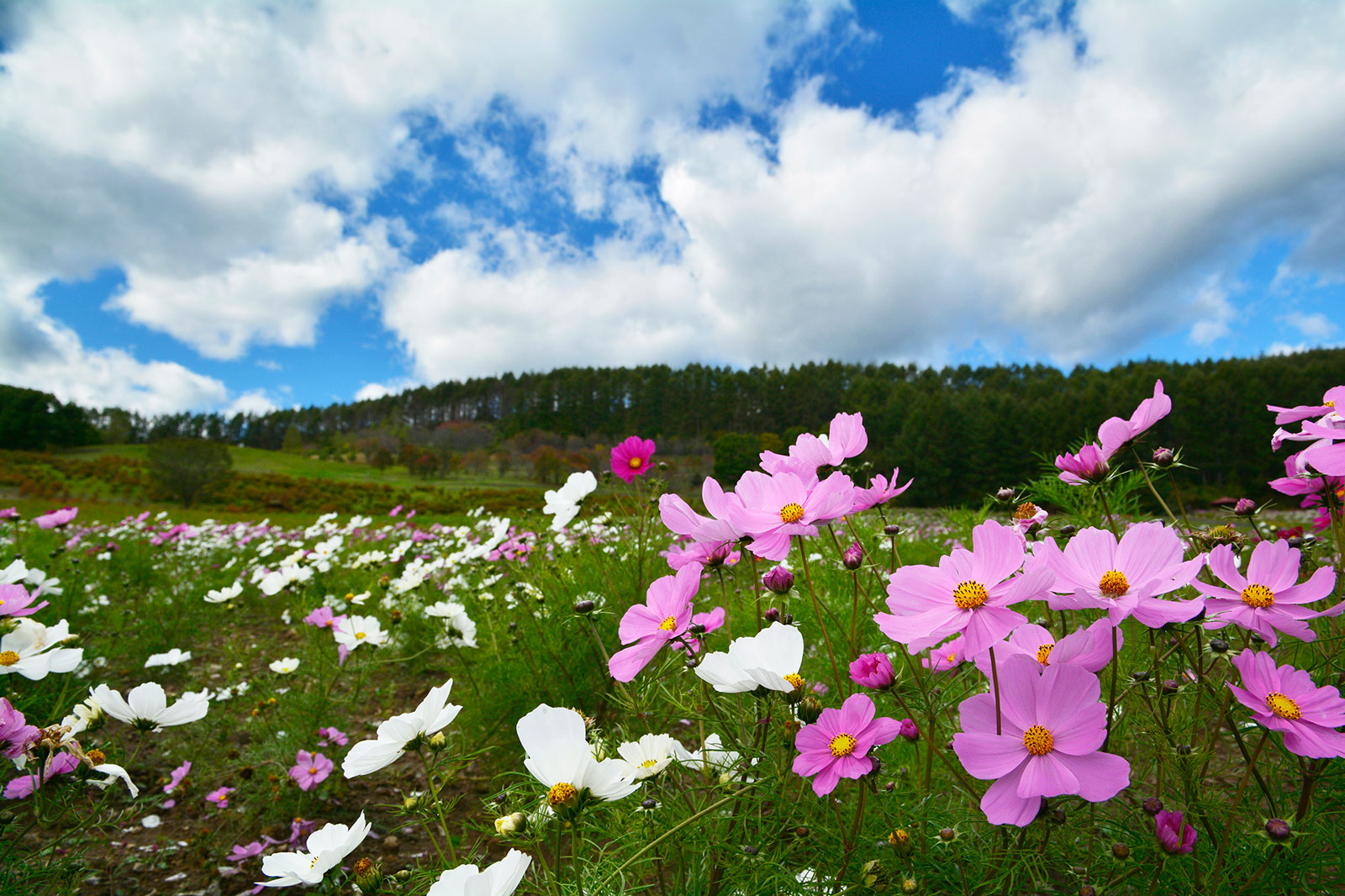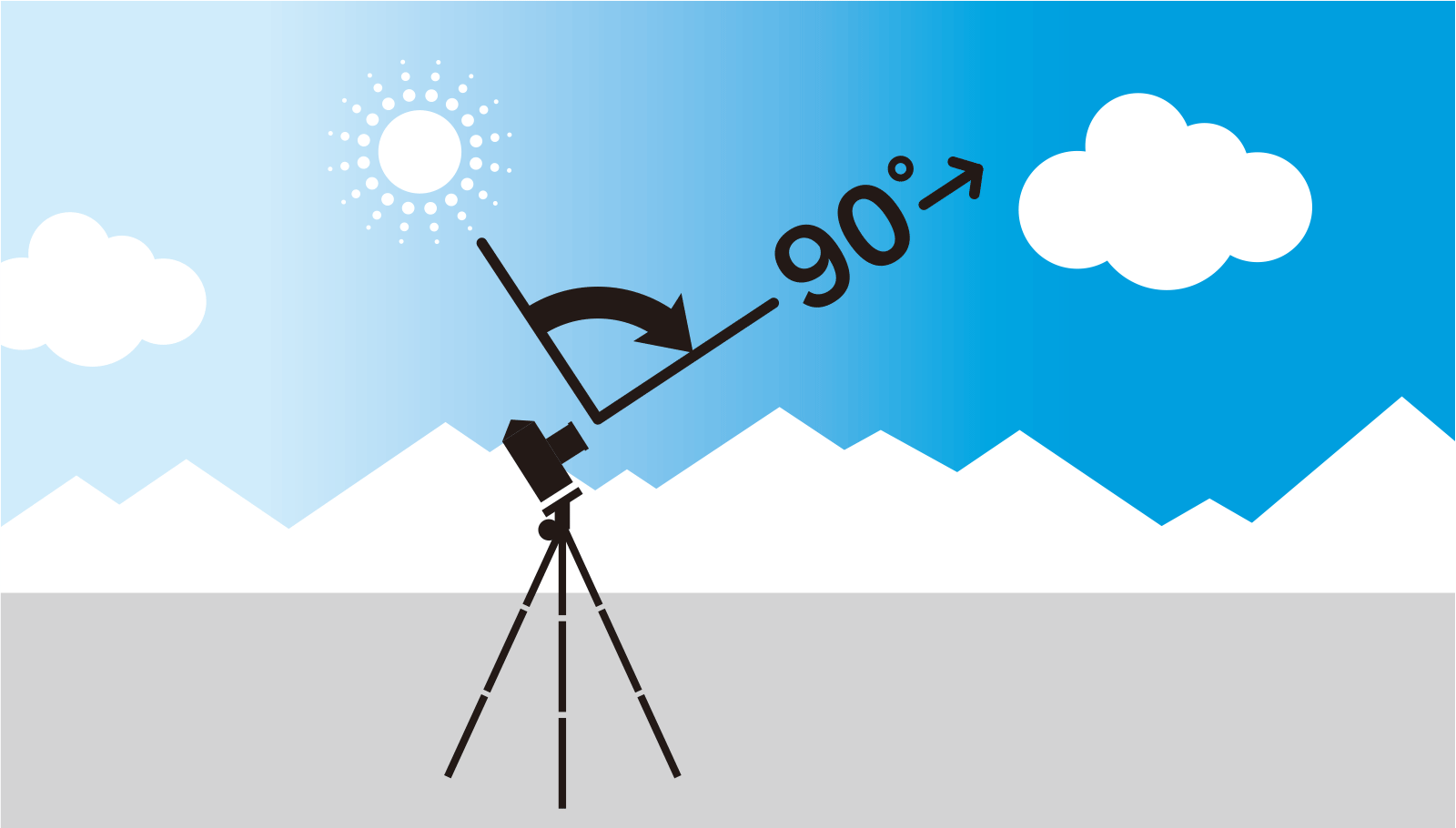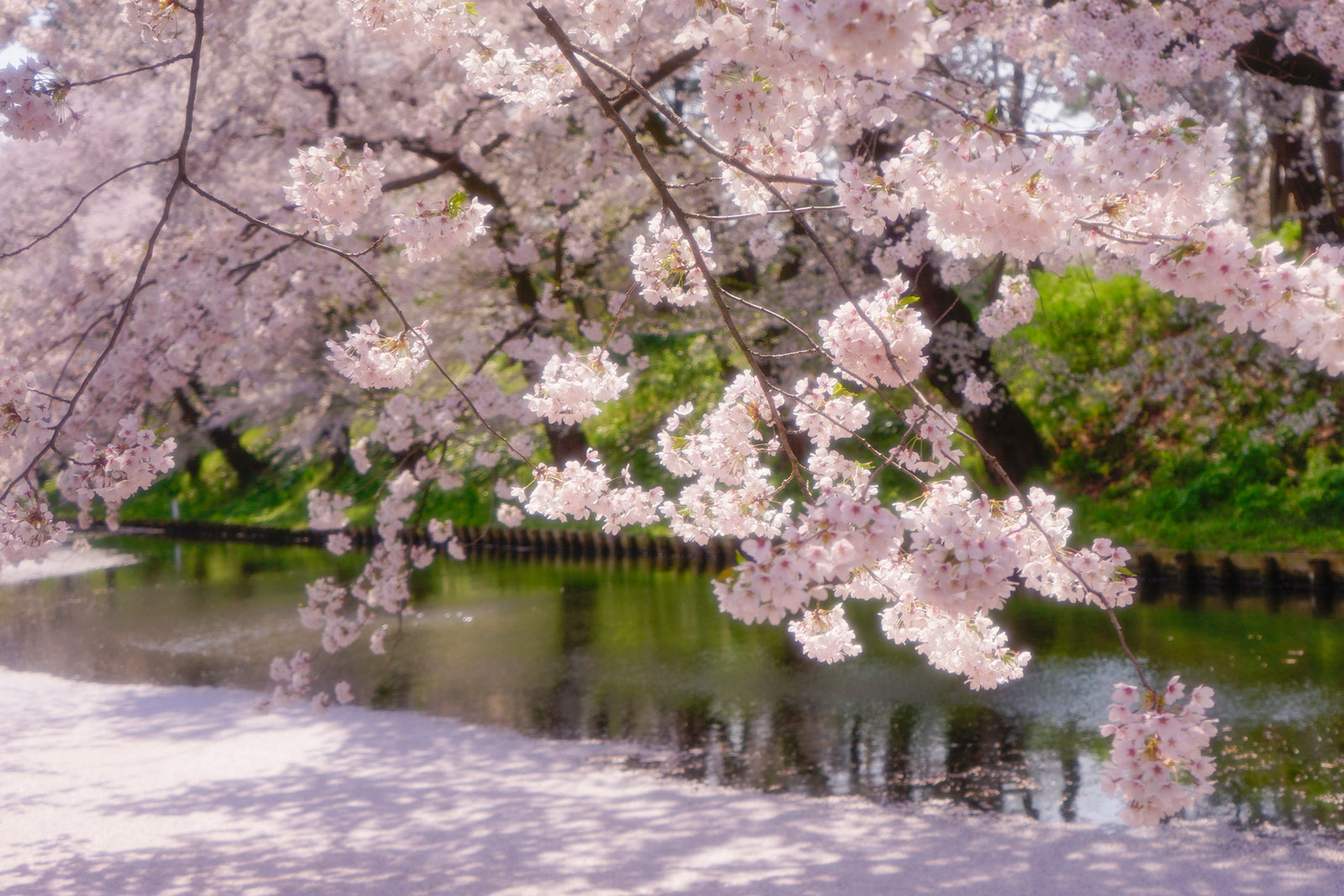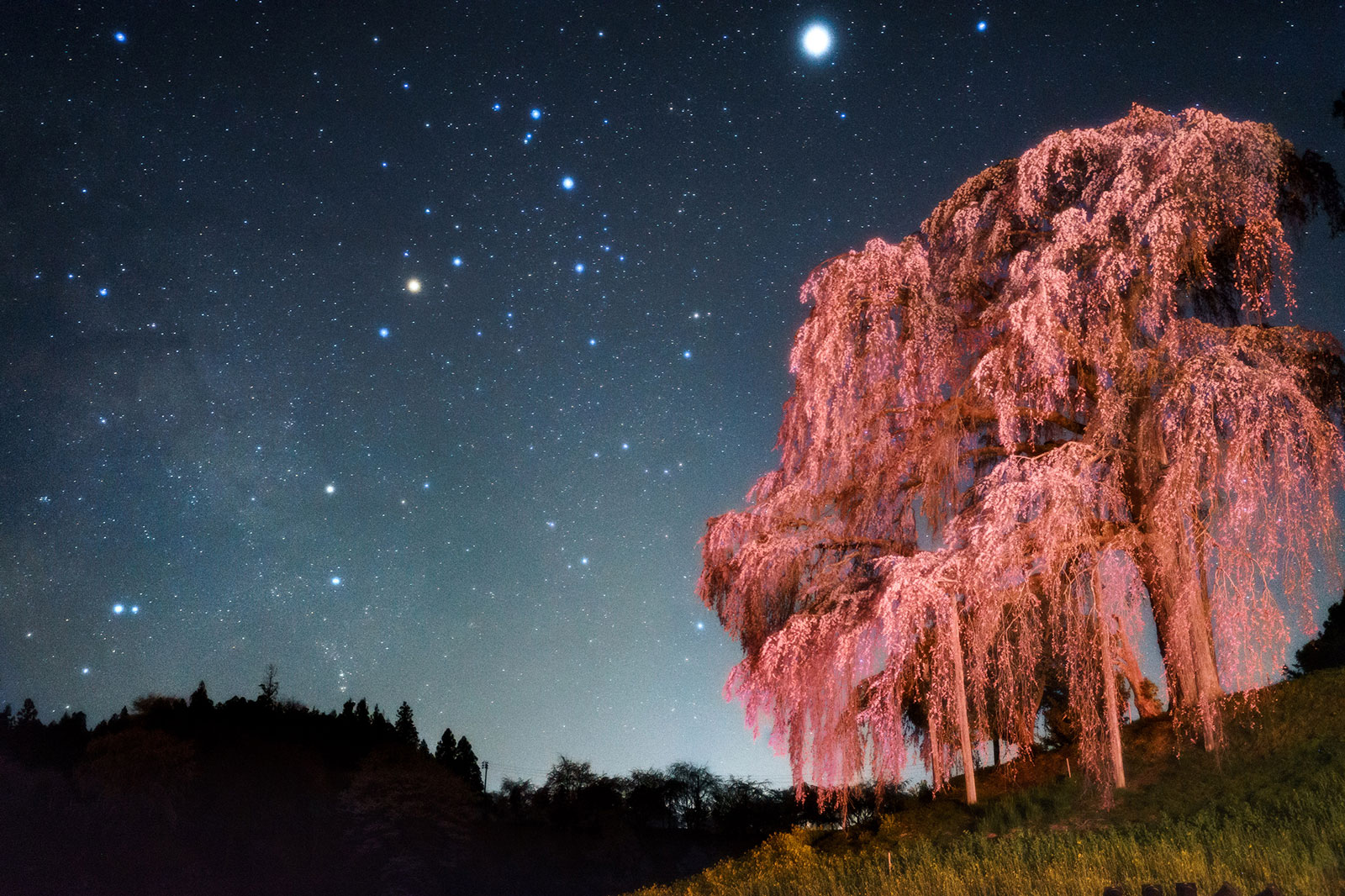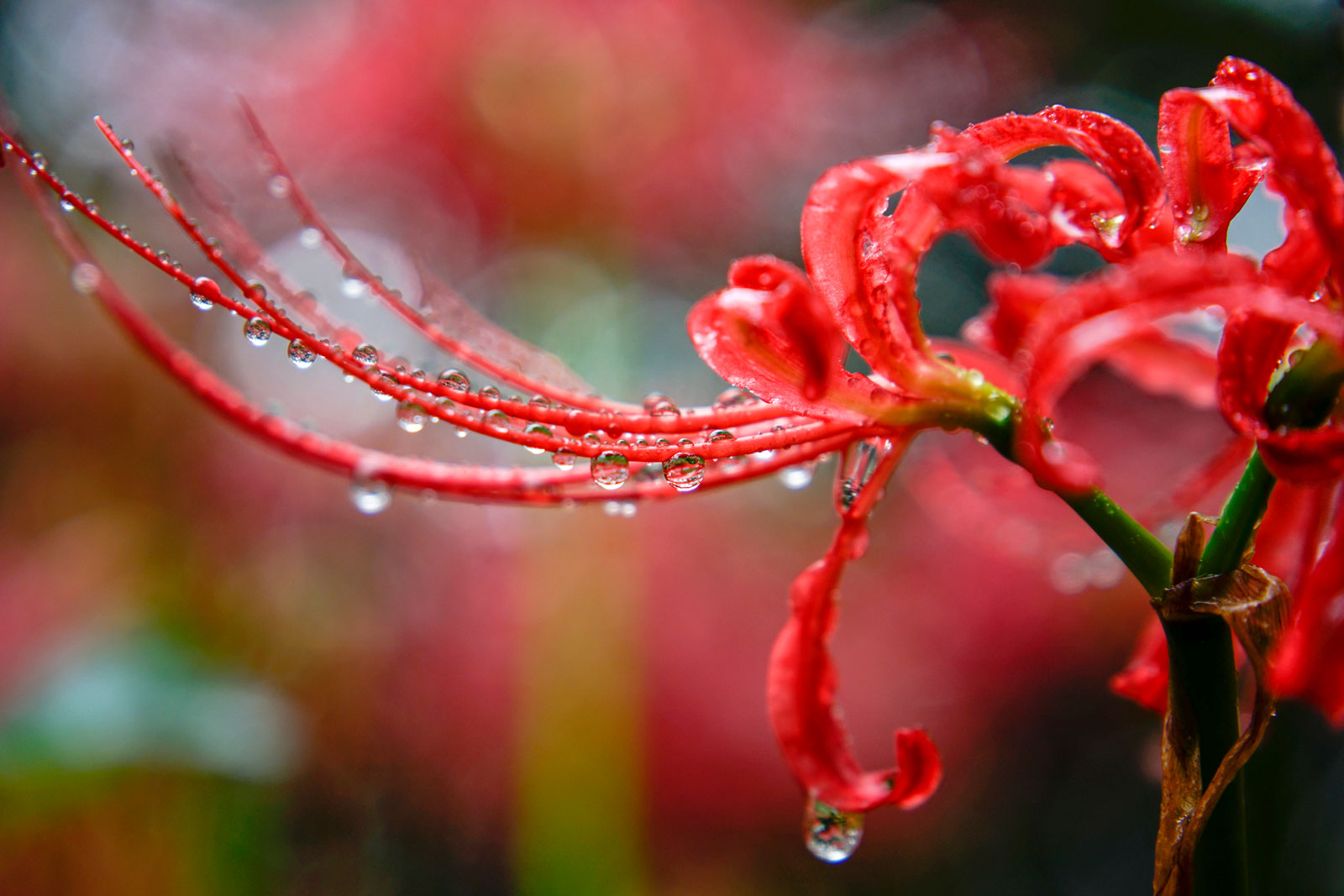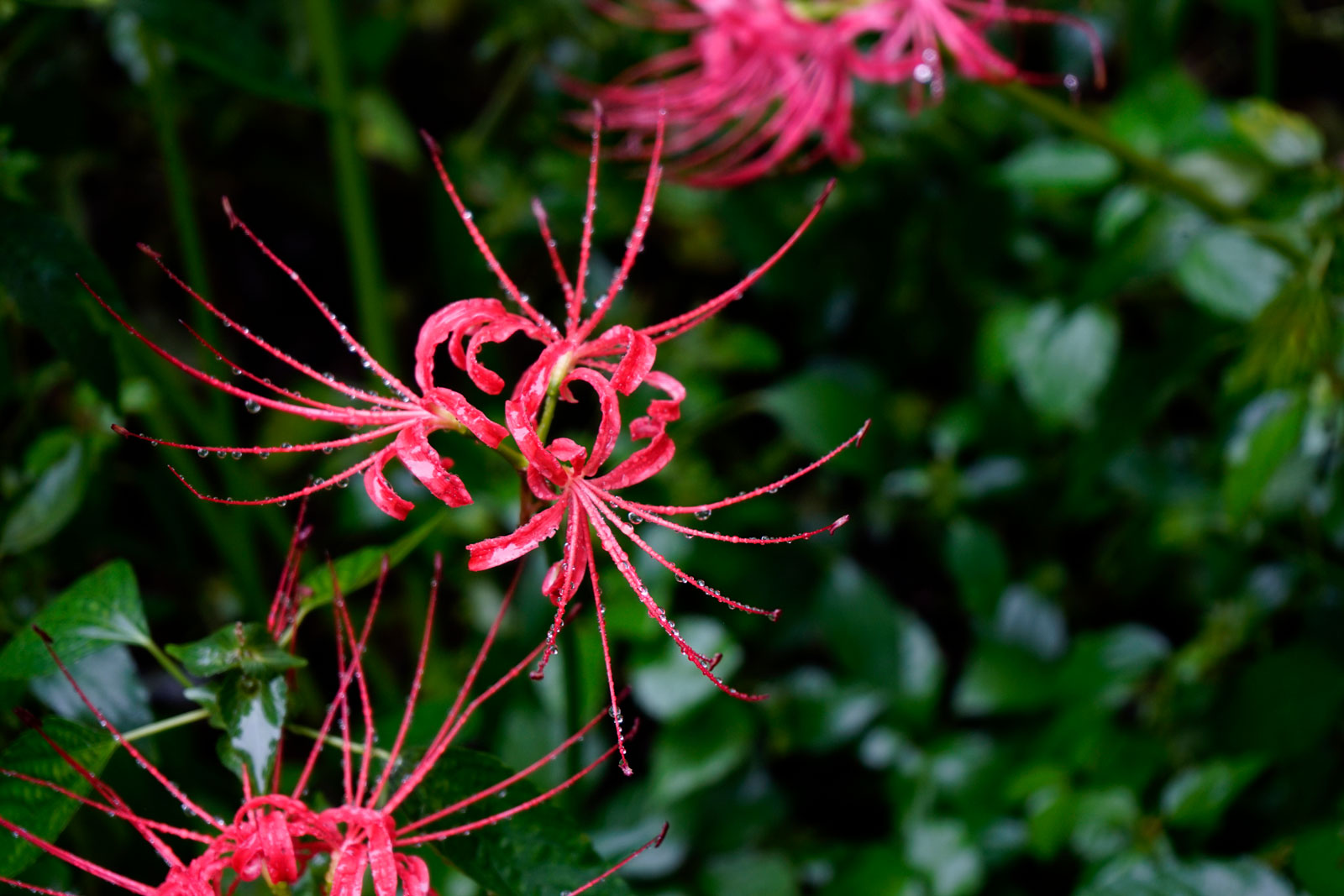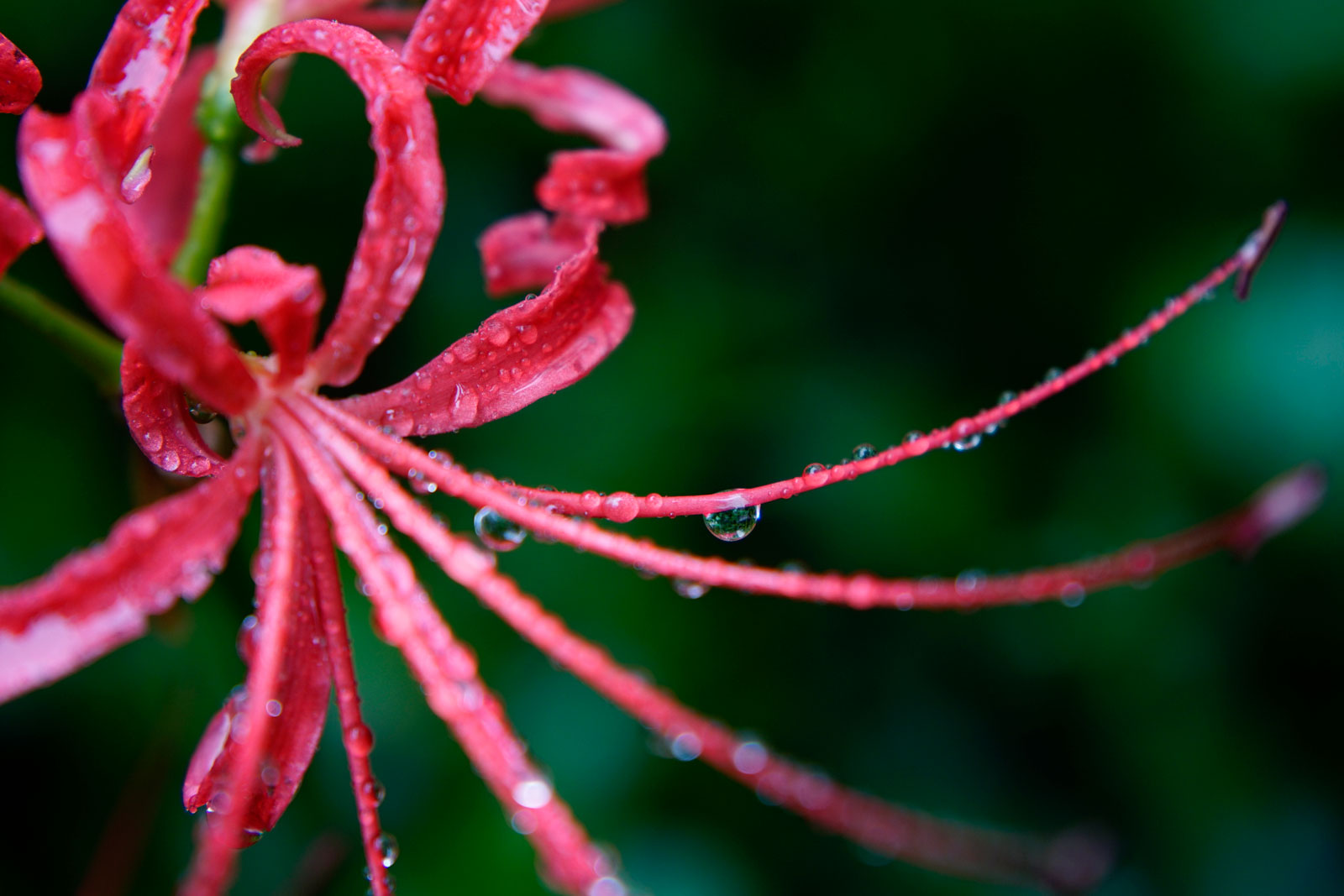The Best Filters for Spring Season
Every year Spring comes with an explosion of flowers blooming all over, a breath-taking sight to behold. However, to capture their delicate beauty exactly as we see it can put to the test even the most experienced photographers among us.
Choosing the right filter here can make the different between a characterless photo and a way more impressive one, in which nature is enhanced and captured in all its beauty.
Our most recommended filters to capture flowers blooming include PL, soft effect, ND filters and close-up lenses.
Let us show you their main features, along with some hot tips and tricks!
PL filters – To capture flowers' true color
Enhanced colors
Simply speaking, the first field of application for a PL (polarizing) filter is to enhance blue colors, making a bright blue sky more vivid. Such a brighter and more vivid blue sky can be the perfect background to make, for example, letting the light pink hue of cherry blossoms stand out, thus getting you an outstanding shot. In addition, C-PL (circular polarizing) filters come with a rotating frame to intensify or reduce the polarizing effect and to adjust to light conditions, thus matching your desired effect.
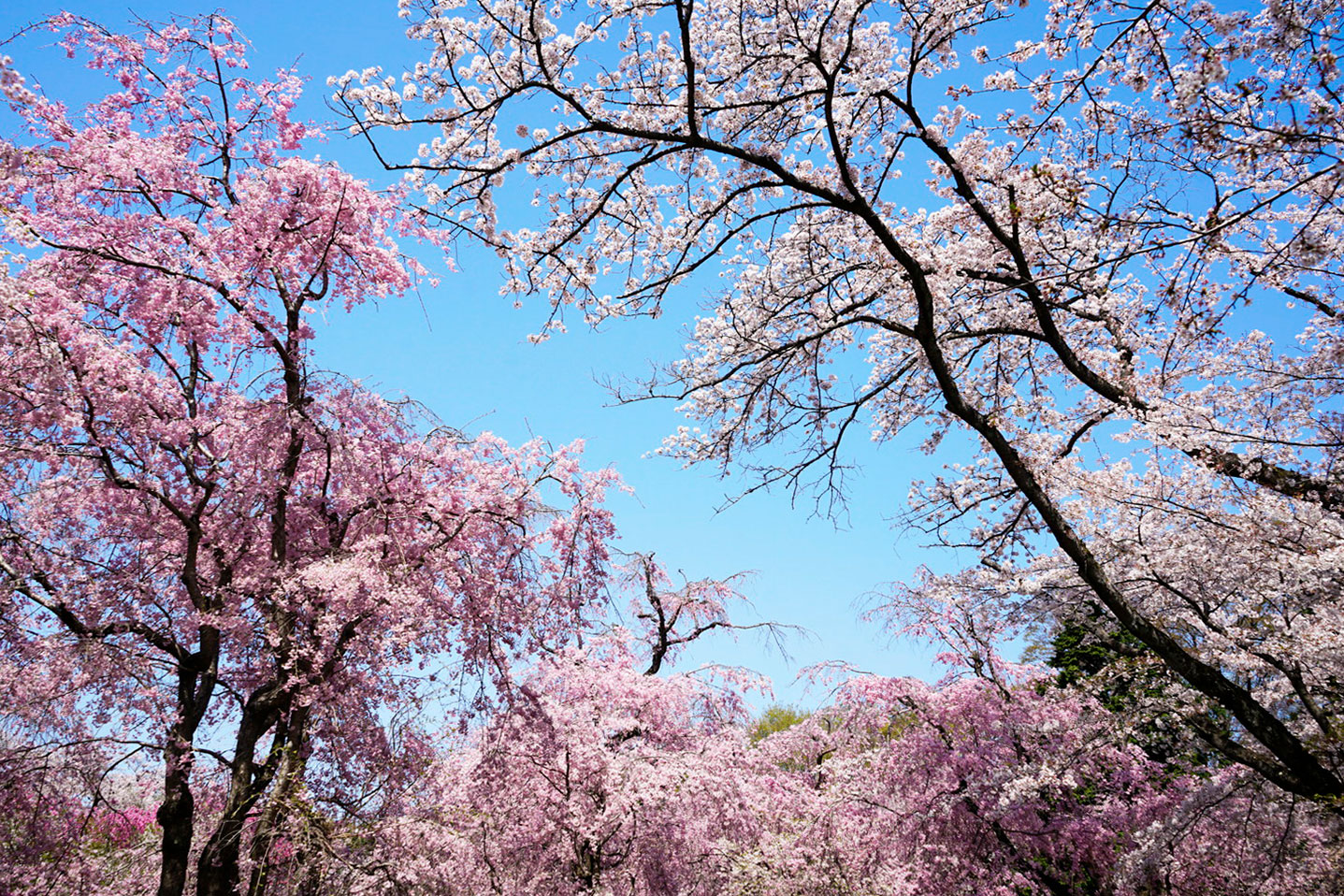 |
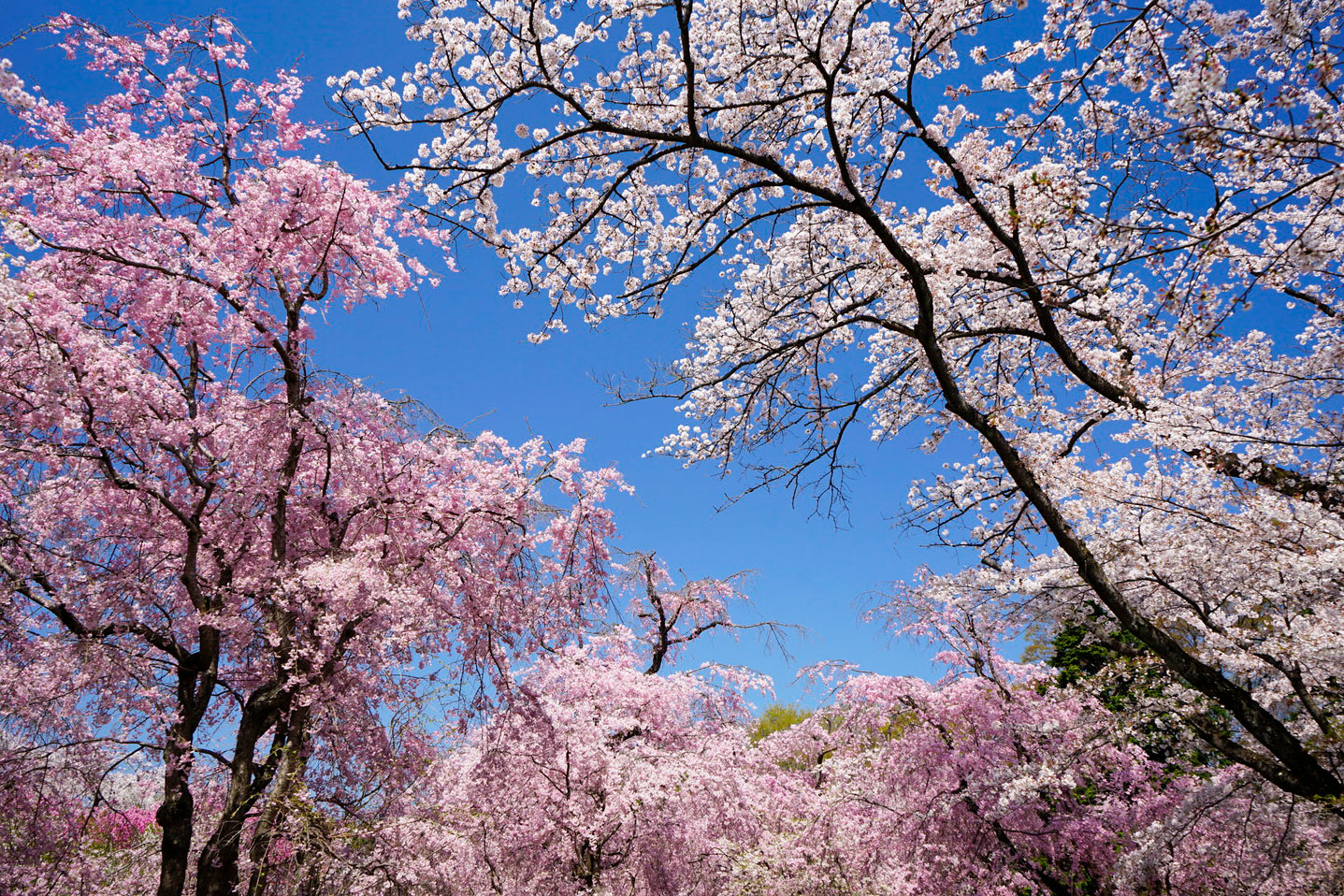 |
In the above image taken with a PL filter, the blue hue of the sky on the background is intensified and, by contrast, the pink cherry trees come out as the main protagonist of the shot.
More dramatic contrast
Using a PL filter is also particularly recommended when shooting for example a flower field under a slightly clouded sky with a wide-angle lens. In this scenario, a PL filter will enhance the contrast between the blue of the sky, the white of the clouds, and the colors of the flowers and field, for a more dramatic contrast and effect.
 |
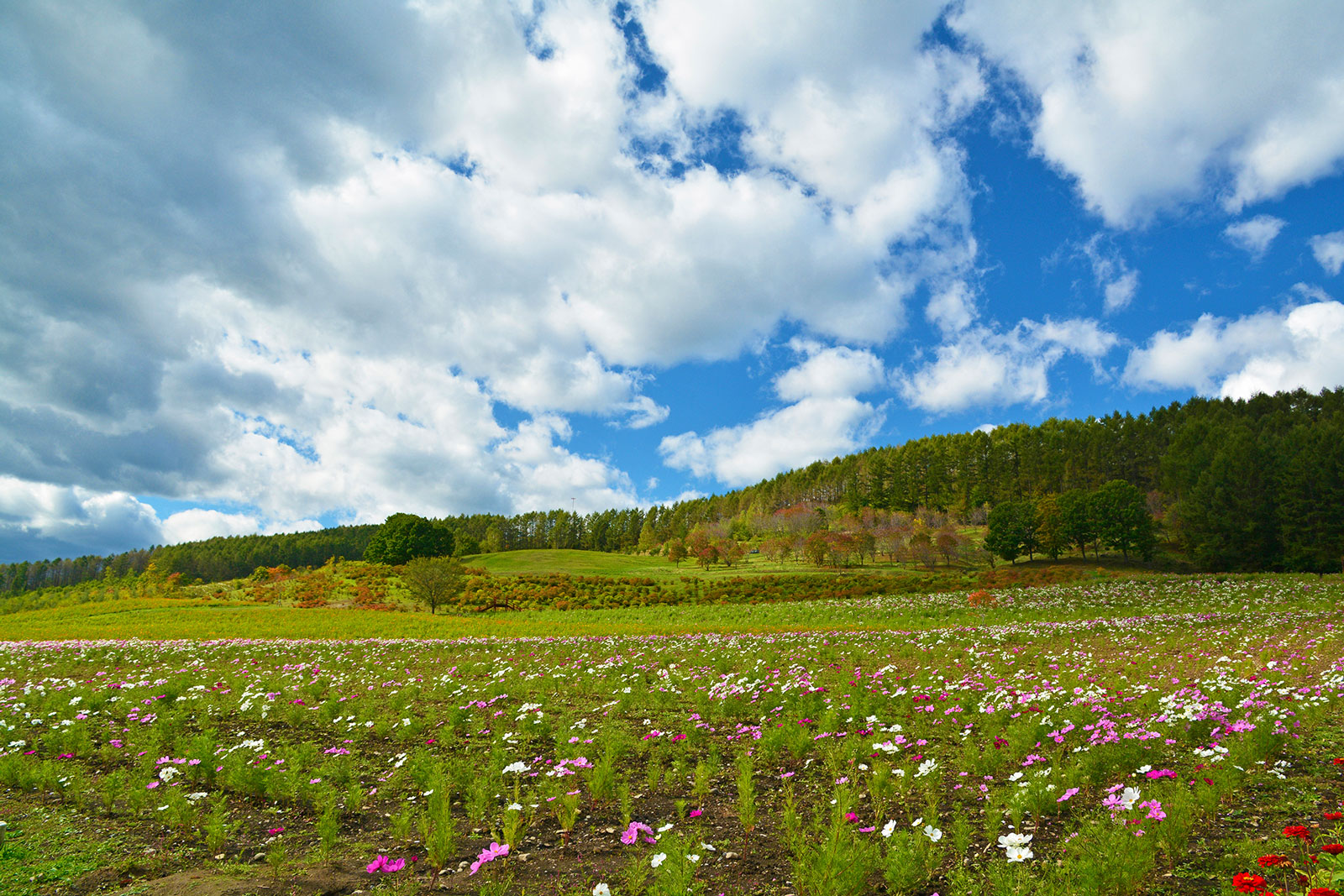 |
Suppress light reflections
A PL filters is not only used to enhance the blue of the sky, but also to control light reflections. Particularly when shooting flowers or leaves, this filter can be of great help to control and suppress unwanted light reflections on their surfaces, thus enhancing their natural colors.
 |
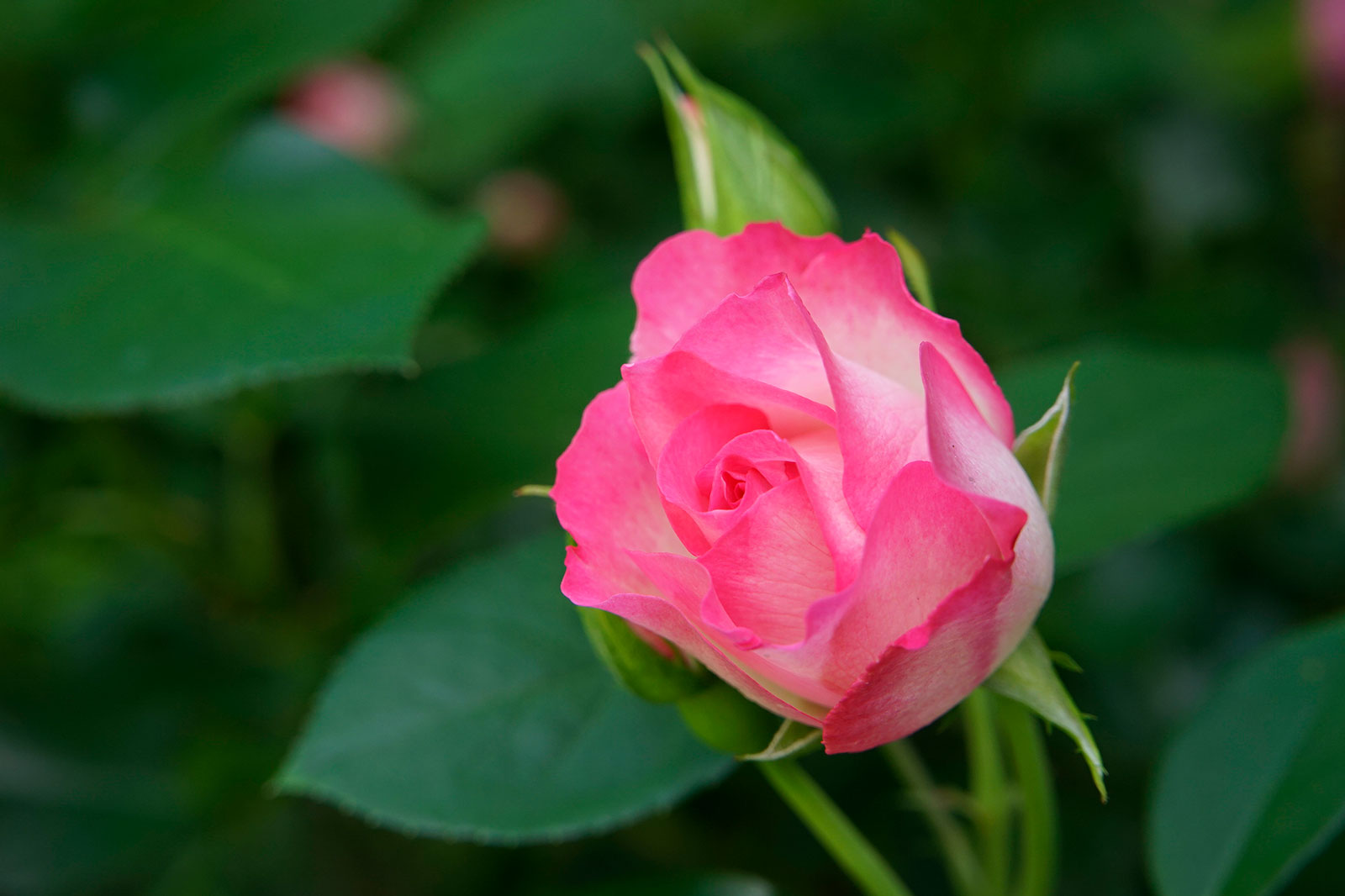 |
Not limited to flowers or blue skies, a PL filter is a versatile and must-have filter to capture natural scenarios according to your taste and shooting methods.
Hot Tips!
Pay attention to the position of the sun! When shooting with a PL filter, the most visible results are achieved when turning your back to the sun and keeping a 90° angle to it as well as to the sky at your sides. This way you will not have any light hitting your lens from the front, which may interfere with the polarizing effect and get you poor results.
Moreover, capturing the blue sky with a PL filter on an ultra-wide angle lens may result in a final image with uneven color rendering (the sky will look more blue in some spots, less blue in others). In this case, it will be better to change the shooting angle and get a less intensified blue hint but a more homogeneous sky surface.
Suggested Kenko PL filters
Kenko CELESTE C-PL - top-class C-PL filter that combines uncompromising optical quality, effective polarization and color saturation effect, perfect water & oil-repellent performance and newly designed advanced frame.
Kenko REALPRO C-PL - high-end C-PL filter for semi-amateurs and professional photographers featuring Anti-Stain Coating (ASC) that will make moisture and water drops bead up and slip down leaving the filter clean.
Kenko PRO1D+ INSTANT ACTION C-PL - high-quality polarizer made of top-class optical glass featuring a new revolutionary magnet attaching system "INSTANT ACTION" with anti-stain, water-repellent and anti-reflection coating.
SOFT EFFECT FILTERS – to capture flowers' delicate shape
Soft and fluffy effect
The essence of a flower stays in its colors as well as in its shape. To depict this last one at best, a must-have filter is, with no doubts, a soft effect one. By blurring the light source, a soft effect filter can in fact create a suffused light halo, thus softening the edges and, in this way, effectively depicting all the softness and delicacy of a flower.
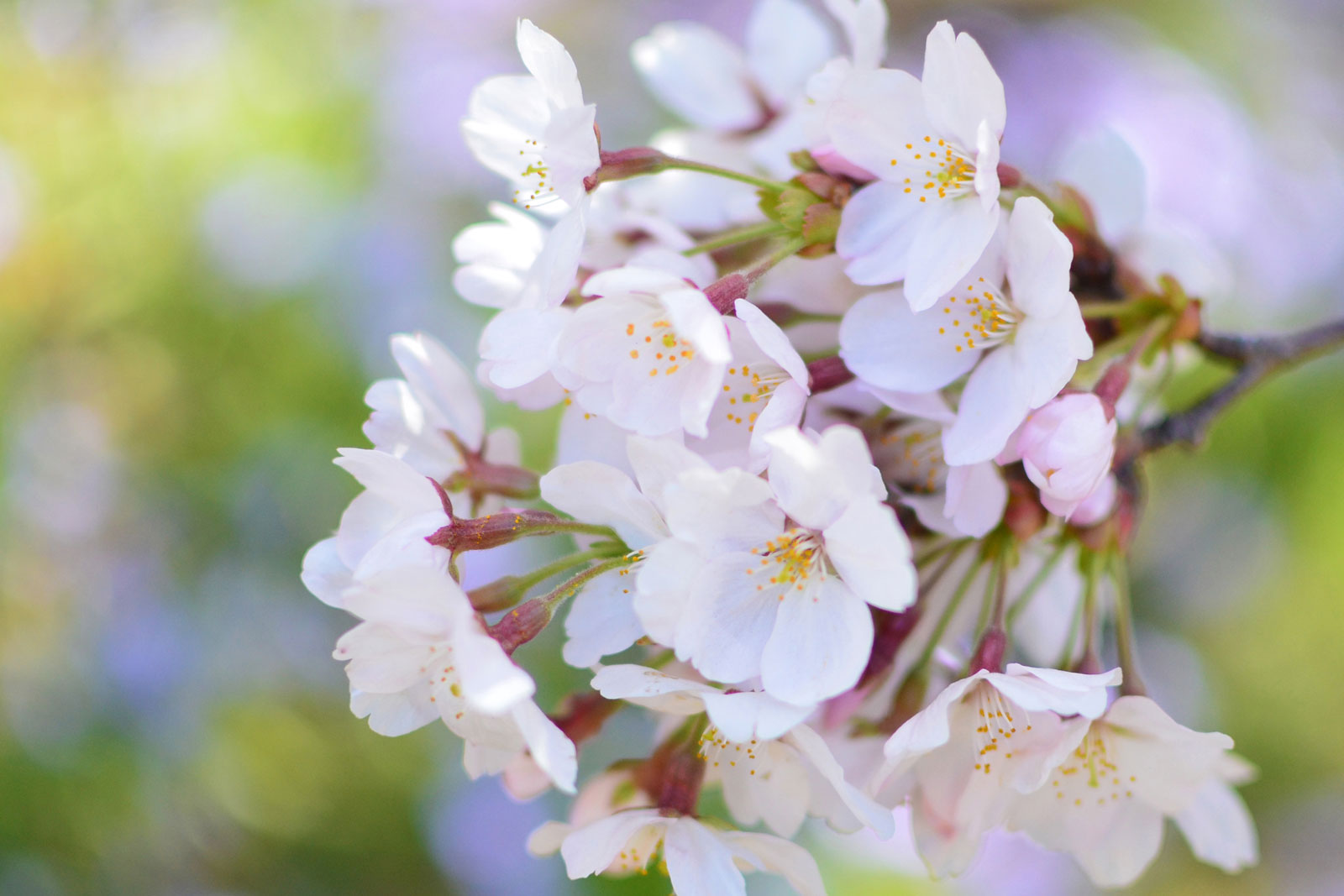 |
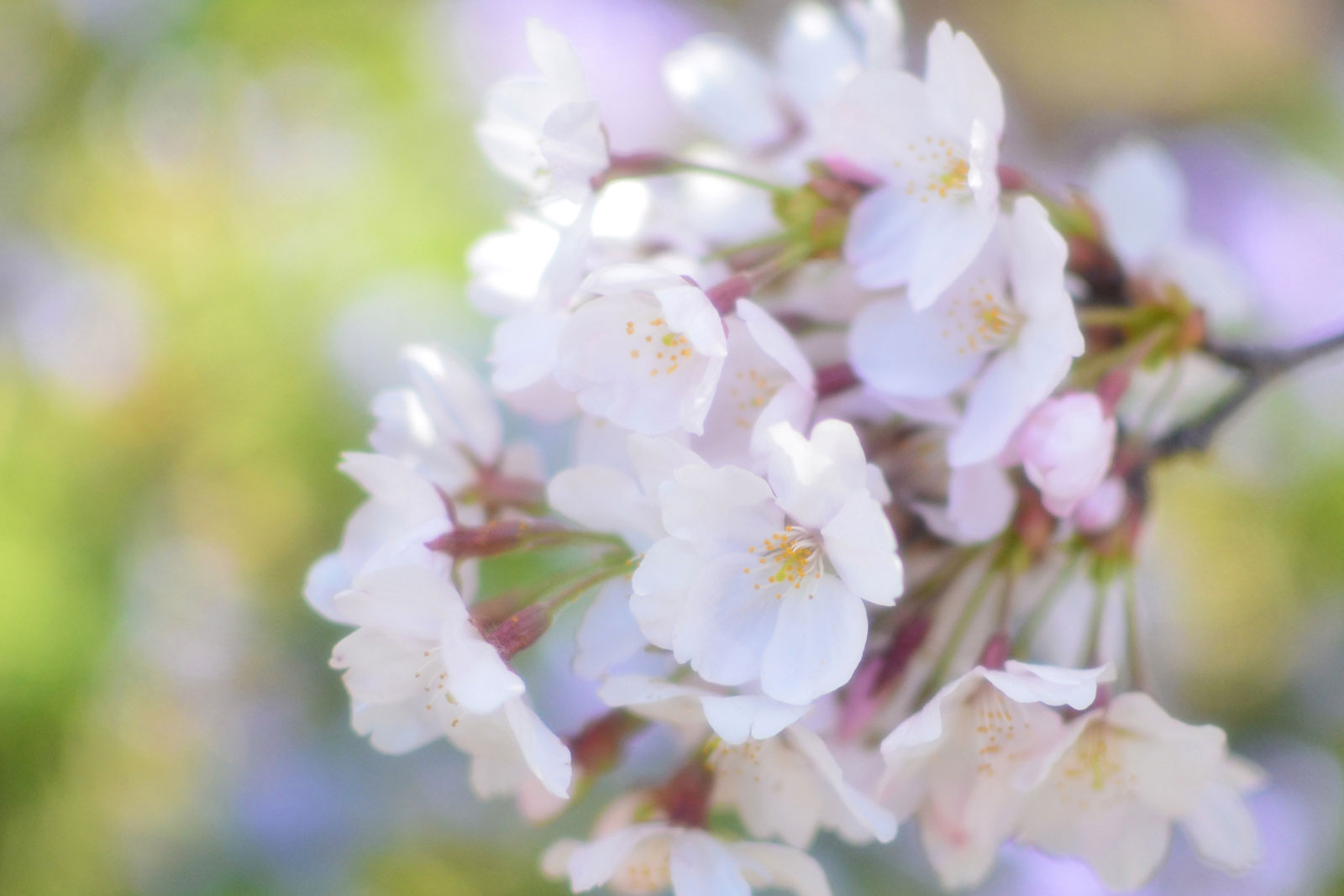 |
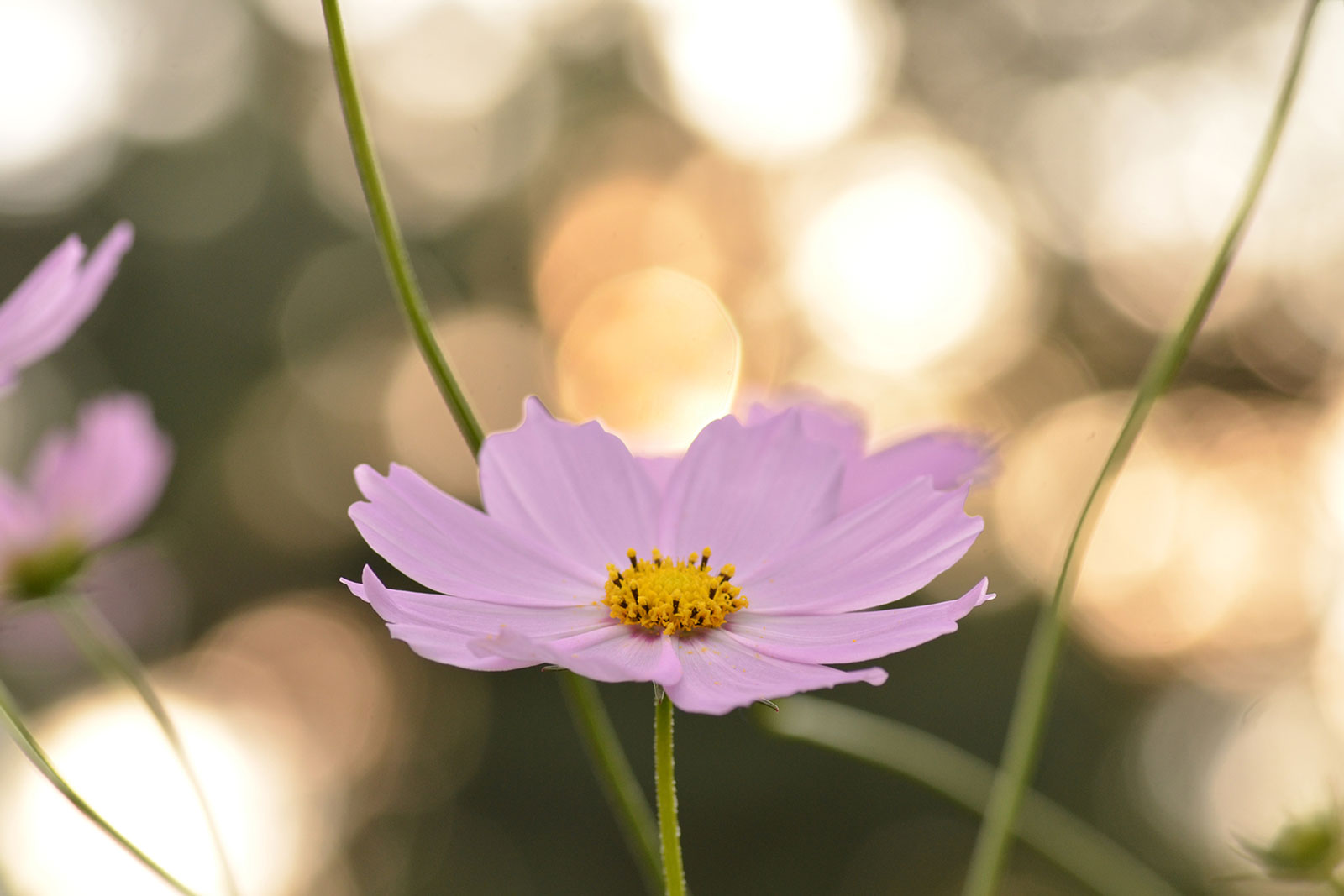 |
 |
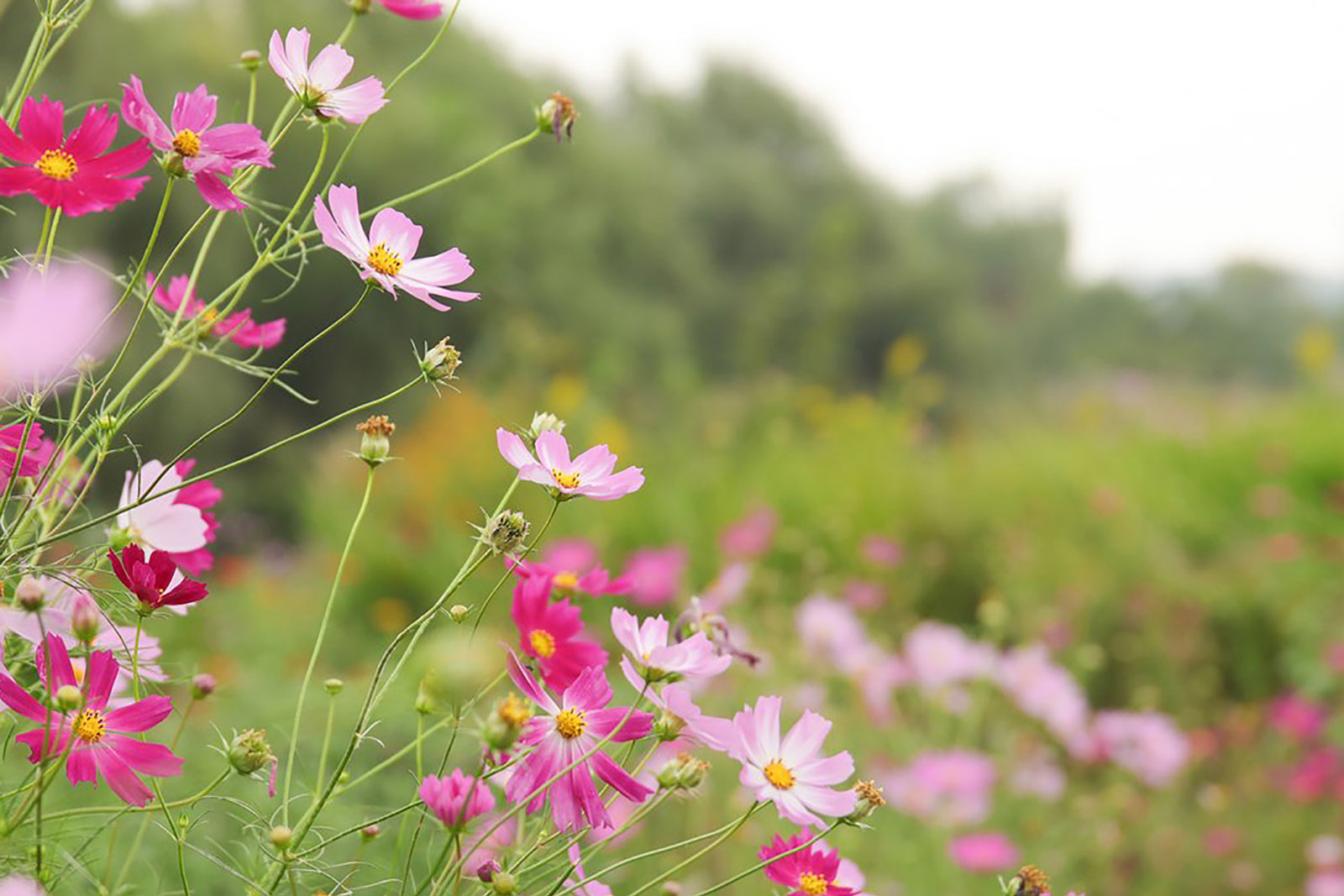 |
 |
A unique final effect
In the photo below, one of the selected works for the 2018 year edition of the International Filter Photo Contest (IFPC), the light softening ability of a soft effect filter has been combined with shooting at night with a light source illuminating the main shooting object in front of the lens. The final effect is astonishing, with both the starry sky on the background and the cherry blossom tree on the foreground standing out, conveing a magical and unique atmosphere.
Hot tips!
A peculiarity of soft effect filters to keep in mind is that their effect may appear more or less visible depending on the focusing distance of the lens you are using: the longer the focusing distance, the more visible the effect.
Suggested Kenko Soft filters
Kenko REALPRO SOFTON-A - basic soft effect filter that will add a soft effects on your photograph without affecting sharpness.
Kenko BLACK MIST - artistic filter that suppresses contrast providing a soft cinematic effect.
Kenko PRO1D PROSOFTON CLEAR - A soft effect filter with a lighter softening effect designed for nightscape photography.
ND FILTERS – to capture petals flowing
Smooth motion
Being able to reduce the amount of light entering the lens, an ND filter can do the trick when you want to shoot intentionally at a slow shutter speed but need to keep the aperture open enough to get a sufficient amount of light. Particularly, the right combination of ND value and proper shutter speed is of great help when you aim to capture and express the smooth movement of a waterfall, a torrent, etc.
During the spring season, a magnificent subject for your photos may be flower petals flowing on the water surface of a stream or a pond. To get all the beauty of petals in movement in an impressive shot, all you have to do is to slow the shutter speed down and put your ND filter on. Also, whenever some wind enters this scenario, scattering petals all around, with the right ND filter and proper shutter speed you can increase even more the expressivity and creativity of your shots.
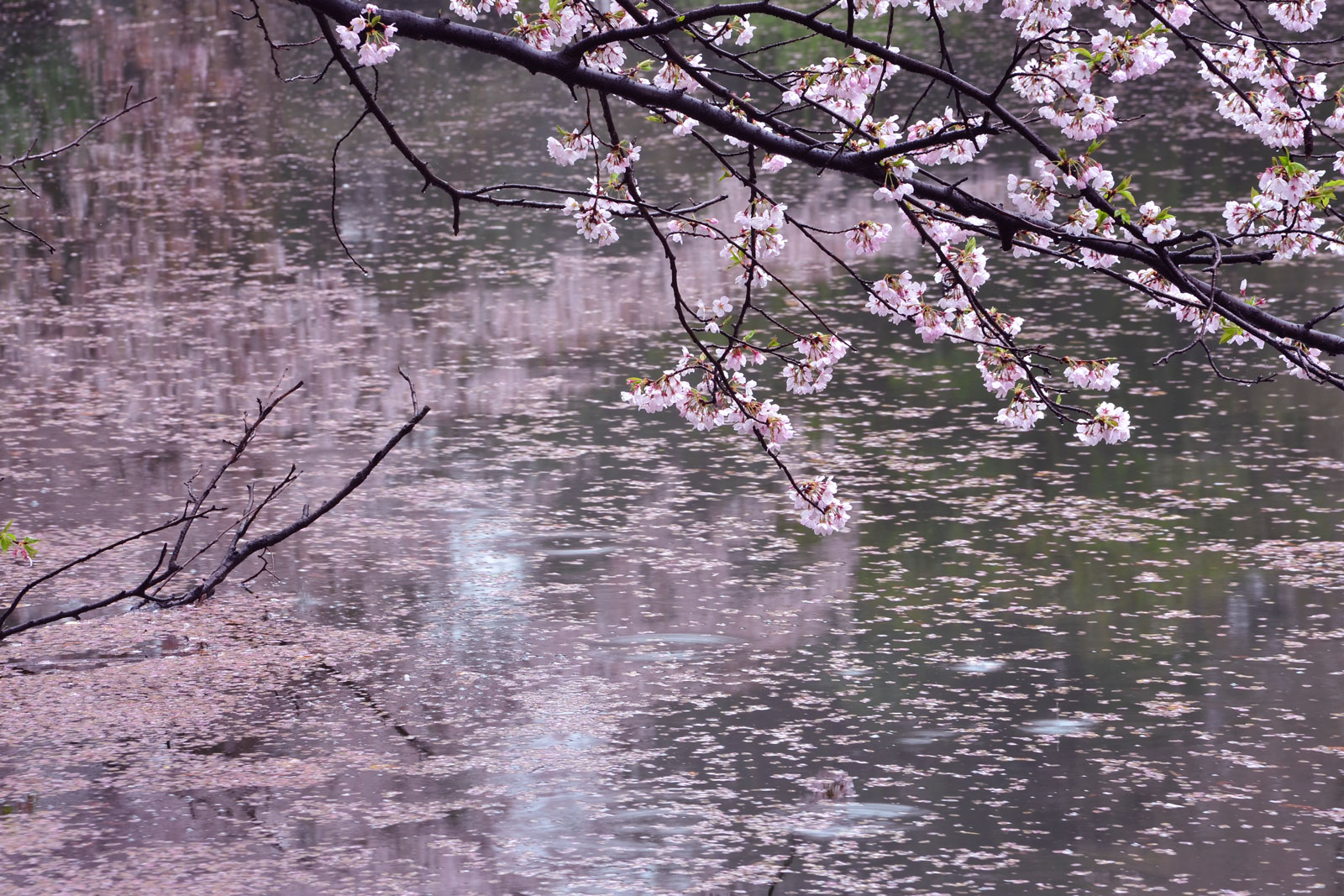 |
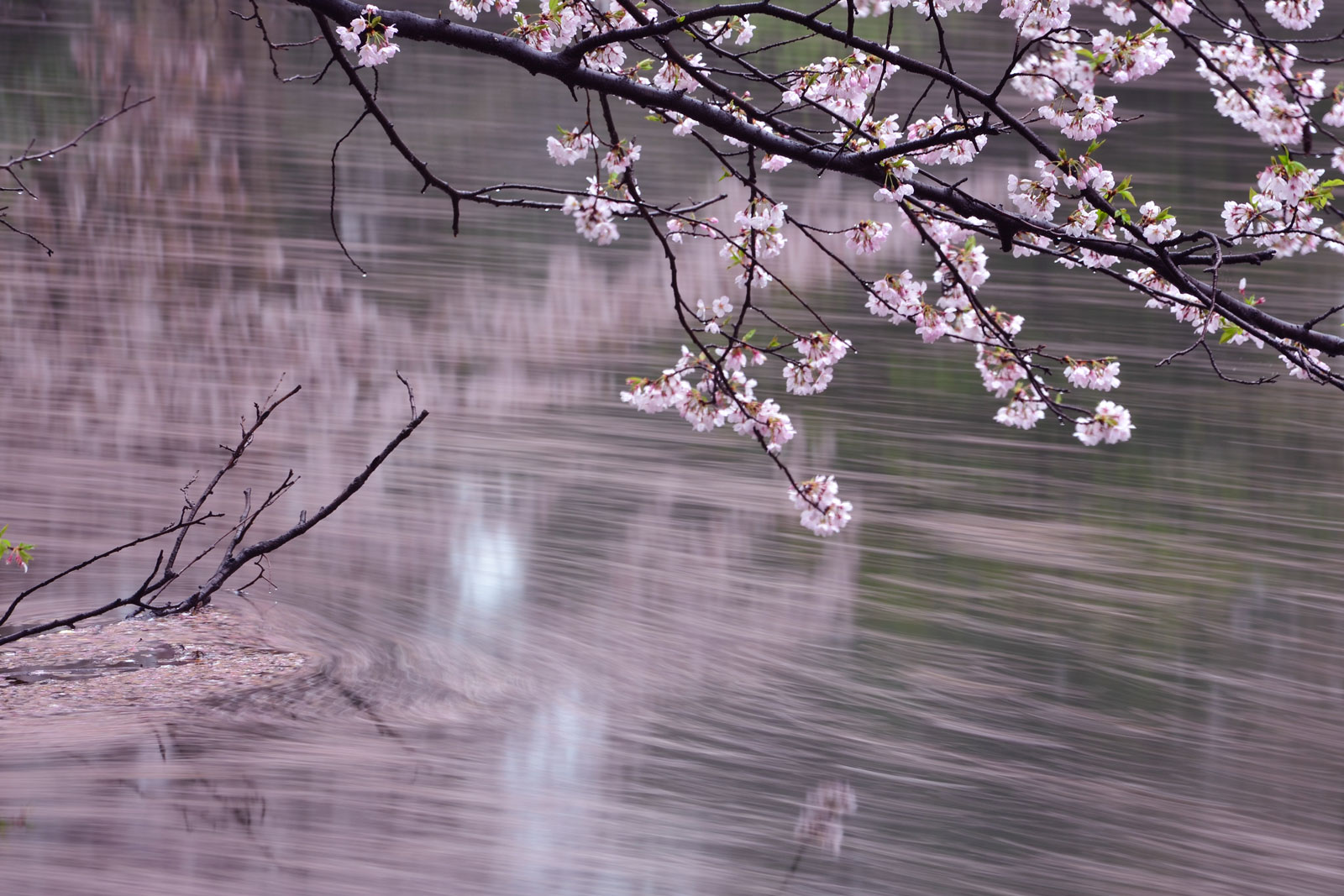 |
ND filters can range from ND2 to ND1000: the higher the ND value, the more visible the effect and the slower you can set the shutter speed.
Filters in ND8 or ND16 values are generally a good choice in many shooting situations. However, to capture the smooth movement of water in particular, a ND value between ND64 and ND1000 is recommended.
Hot tip!
The fun part about using ND filters is experimenting with different ND values and shutter speeds to see what effect you will get. However, it is fundamental here to have your camera standing still. So, don't forget to bring your tripod!
Suggested Kenko ND filters
Kenko REALPRO ND filters - a wide range of high-end ND filters from light ND2 to deep ND1000000 for various scenarios and effects.
Kenko PRO1D+ INSTANT ACTION VARIABLE NDX3-450+C-PL - high-quality variable density filter featuring a new revolutionary magnet attaching system "INSTANT ACTION".
Kenko PRO1D SMART VARIABLE NDX - the best screw-in type filter with excellent cost vs quality balance.
CLOSE-UP FILTERS: to capture flowers' small details
Also known as close-up lens, a close-up filter is the perfect tool to close up on the tiniest details and take fascinating macro images of flowers and nature.
A close-up filter just needs to be popped on your lens to get you a macro effect, being then much easier to use and convenient to carry compared to any macro lens.
Close-up filters range from No.1 to No.10 models. The bigger the number, the closer you can get to your shooting object.
Hot tips!
Check the minimum focusing distance of your lens and choose a close-up lens that allows you to get closer than the minimum focusing distance of your lens. It is a good idea to select a filter based on how close you want to get to the subject you want to photograph.
* The minimum focusing distance of an interchangeable lens is the distance from the camera's image sensor surface to the subject.
Suggested Kenko CLOSE-UP filters
Kenko AC CLOSE-UP - achromat-type close-up filters with better performance in the corners.
Kenko PRO1D+ INSTANT ACTION CLOSE-UP - high-quality close-up lens featuring a new revolutionary magnet attaching system "INSTANT ACTION".
